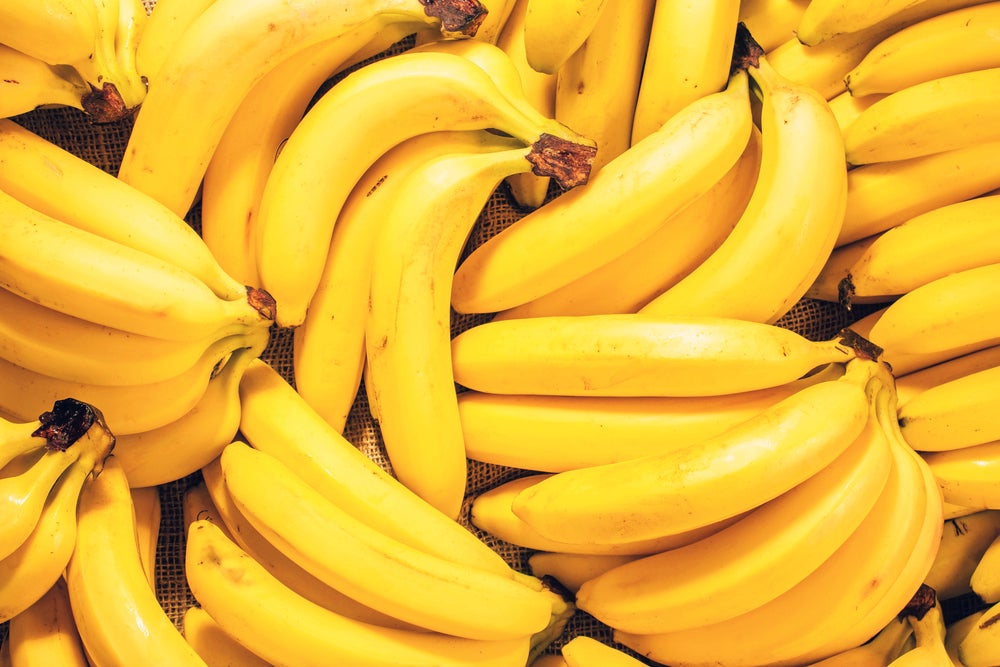
A deadly fungus is killing banana crops across the planet.
If you live in the Western world and eat bananas, you almost certainly eat Cavendish bananas, the large, thick-skinned, banana-yellow variety that’s become a worldwide cash crop to fit the needs of the global grocery industry, which prizes sturdiness and shelf-stability over flavor and uniqueness. And as is the case with so many monocultures, the Cavendish’s limited genetics are vulnerable to disease. For the past two years, a fungus related to the deadly Panama Disease, which blighted banana crops in the 1950s, has been running rampant across the Middle East, Africa, and Southeast Asia, devastating yields and driving up prices.
Absent a cure to fight the fungus, there’s a slim but real chance the Cavendish may disappear. Scientists are investigating other banana varieties with resistance to the disease as potential alternatives, which may actually be for the best, considering that cousin strains like the red banana and Candy Apple taste a lot better than the bland Cavendish.